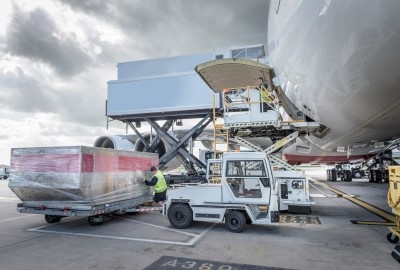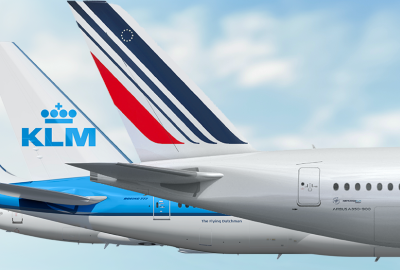EASA: aviation needs dramatic increase of SAF production
Aviation will be able to cut emissions by 69 per cent by 2050, researchers from EASA, the European Union’s Aviation Safety Agency, believe. Airlines can reach this goal by adopting a suite of changes, including increased use of sustainable aviation fuel (SAF), improved aircraft technology, better operational practices and by using hydrogen or electric motors to power aircraft where feasible.

In a recent report, EASE researchers have good news and bad news. The good news is that average carbon emissions per passenger kilometer went down in 2019, by an average of 2.3%. The bad news is that the number of flights has been increasing. Arrivals and departures at European airports increased by 15% between 2005 and 2019, while passenger kilometers jumped 90%.
According to LeehamNews, the report expects that 37% of the carbon reduction emissions to be achieved by 2050 will come from the adoption of sustainable fuels. SAF will “play a key part in decarbonizing the aviation sector,” the report says. To make that happen will take a massive increase in the amount of SAF being produced. Right now, the report says, current supplies of sustainable aviation fuels (SAF) account for less than 0.05% of total aviation fuel burn in the European Union. That means about 99.95% is old-school kerosene.
To meet even the initial 2% target, EU producers will have to increase SAF production to a level that’s more than 40 times greater than what they’re doing now. The report says Europe will need 2.3 million metric tons of SAF just to meet that initial 2% target in 2030.


